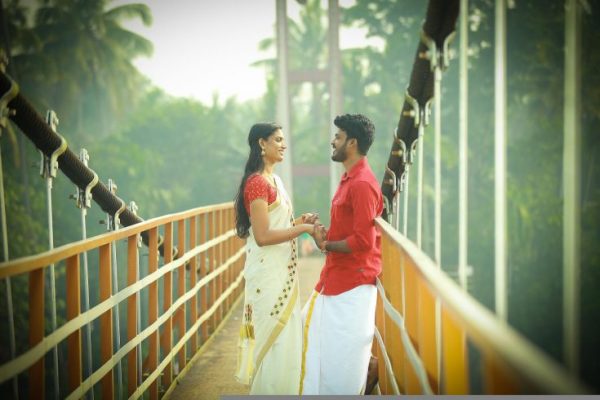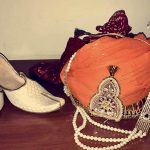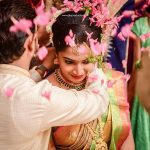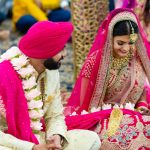India is a vast country with each state having its unique culture. The Namboothiri people are from the state of Kerala. Marriage has a prominent place in the rites performed by Namboothiris. So, in this article, let’s explore the Namboothiri wedding traditions.
Namboothiri Pre-Wedding Traditions
The Namboothiri marriage follows Vedic rituals which is an event that evokes five elements of life, and the main ritual is “Agni” or fire. Several offerings are made to the sacred fire’s blazing flames inside the havan kund, all for the well-being of the couples involved. Hence, the name “Agni Sakshi”. Within the Namboothiri community, marriage, with rituals in the traditional manner, is called “Penkoda” (or “Kanyadan”), for the bride’s family and “Veli” at the groom’s side. Also, the bride is called “Kudi”.
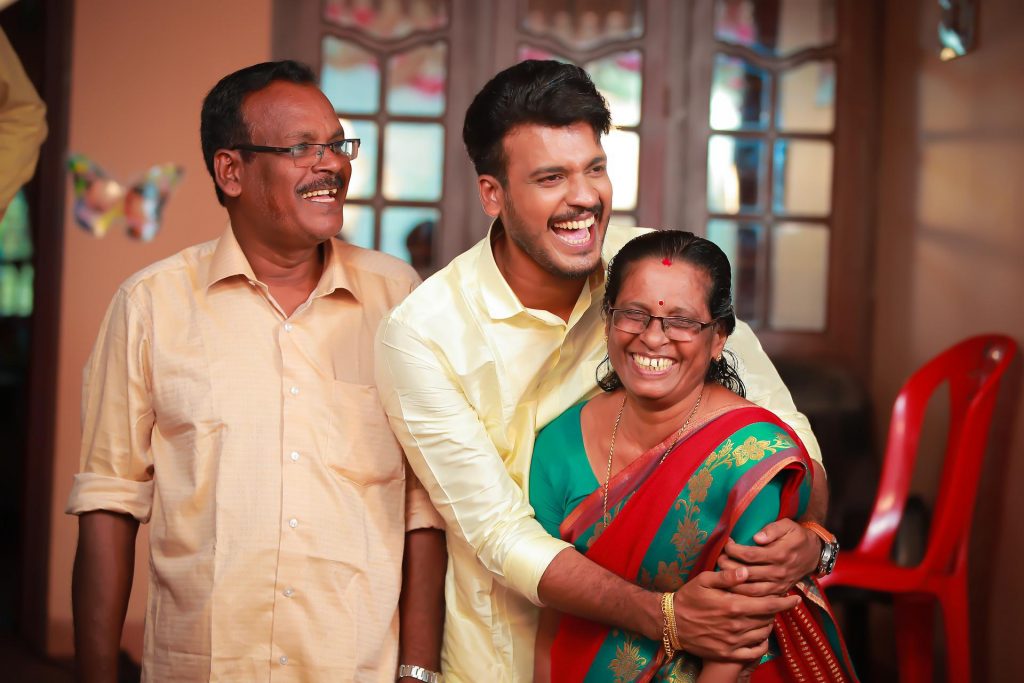
Veli Nischaya: This marks the beginning of the wedding process when the elders announce the formal engagement. Fixing an auspicious date and time of marriage happens during this occasion. Matching the horoscopes of the bride and groom is a must in this community.
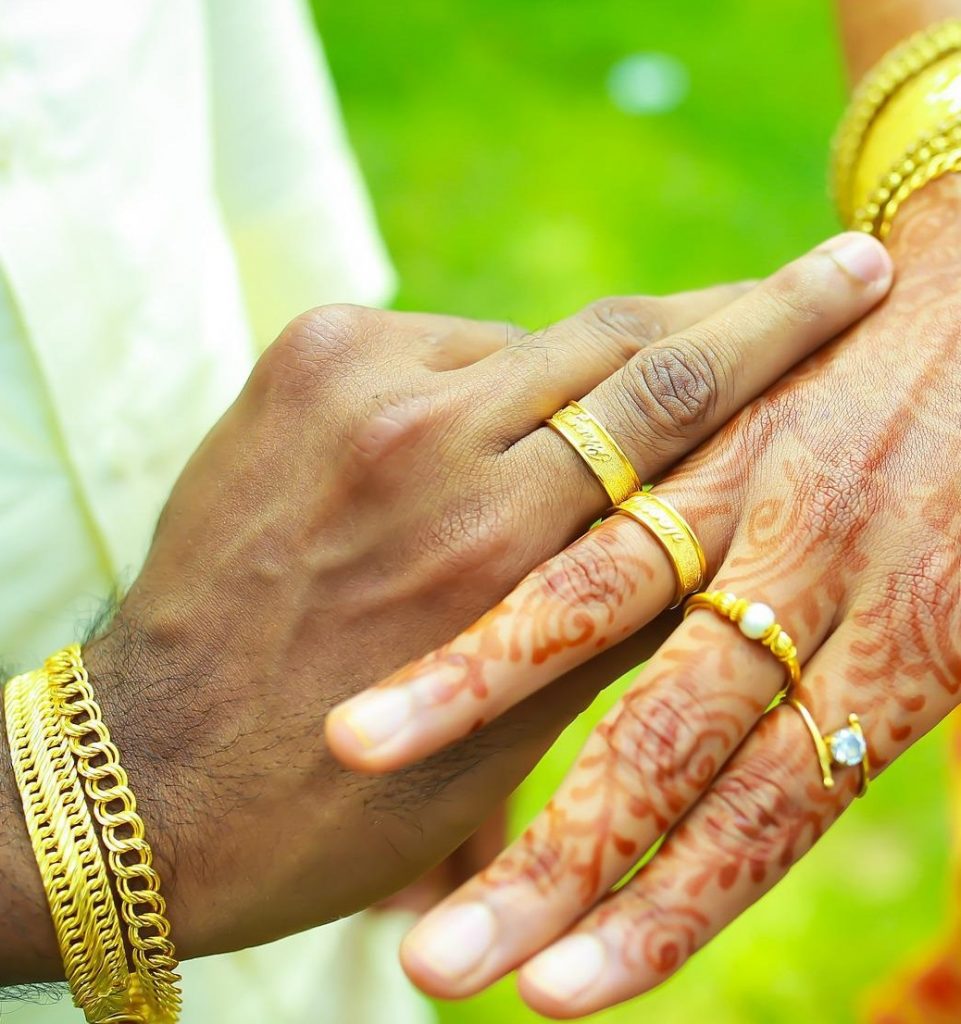
Ayniyoonu: After seeking the blessings of elders, the bride and groom eat a ritual lunch at their respective houses at the same auspicious time. Then the groom and his party formally set out to the bride’s home for the marriage ceremony. The bride and her relatives put together 1000 wicks for an upcoming ritual.
Namboothiri Wedding Traditions
Varanam: The bride’s father invites the groom and requests him to take a ritual bath and wear a “Thattutukal” (a traditional dress) for the marriage ceremonies. This event also involves “Ganapati Nivedyam” seeking blessings for obstacle removal.
Prayaschitta Daanam: This ritual involves offerings and seeking a pardon for any errors, mistakes, or bad deeds committed knowingly or unknowingly.
Nandeemukham: Blessings and permission are sought out from Gods and ancestors during this custom.
Punyaham: This is a purification Hindu Namboothiri marriage custom. One sprinkles holy water from the Ganges with mantras chanting. This removes impurities and seeks spiritual blessings, good health, longevity, and prosperity. One waves a pot with a flame in a circular motion in front of the bride. A lady stands in front of the groom while holding a pot filled with rice, decorative Tengin pookkulaor (flowers of the coconut tree) and lighted wicks placed on a bare coconut. The pot waved in a circle in front of the groom.
Abhivadyam: The bride’s father bows his head in front of the groom and washes the groom’s feet. They exchange new clothes from the bride to the groom and from the groom to the bride. The bride and groom wear new clothes.
Tali Kettal: The bride’s neck receives a sacred thread and Thali, a small gold ornament around it self. The bride’s father seeks blessings from Shiva and Parvati.
Laja Homa: The bride prepares puffed rice and eyeliner since these will be applied to the groom.
Homa: The local people call this fire ritual. After a ritual of purification and offerings, the groom wearing his new clothes waits for the bride to come.
Ayirathiri Uzhiyal: As the bride arrives, a lady waves a plate of 1000 lit wicks at her.
Mukha Darshanam: The groom does a “danam” or donation ritual, seeking blessings and permission to see the bride’s face. After they see each other’s faces, the bride put a Tulsi garland into the groom’s hands so that he can wear it during the ceremony rituals.
Udakapurvam: As the bride’s father recites Namboothiri marriage manthras, he pours water into the bride’s hands which pours it into the groom’s hands held below hers.
Panigrahanam: For this ritual, the groom formally holds the bride’s hand, while reciting mantras. These mantras are about the couple vowing to live together and performing Dharmic rituals and domestic duties together for the rest of their lives.
Laja Homa: One offers puffed rice while the groom chants a mantra.
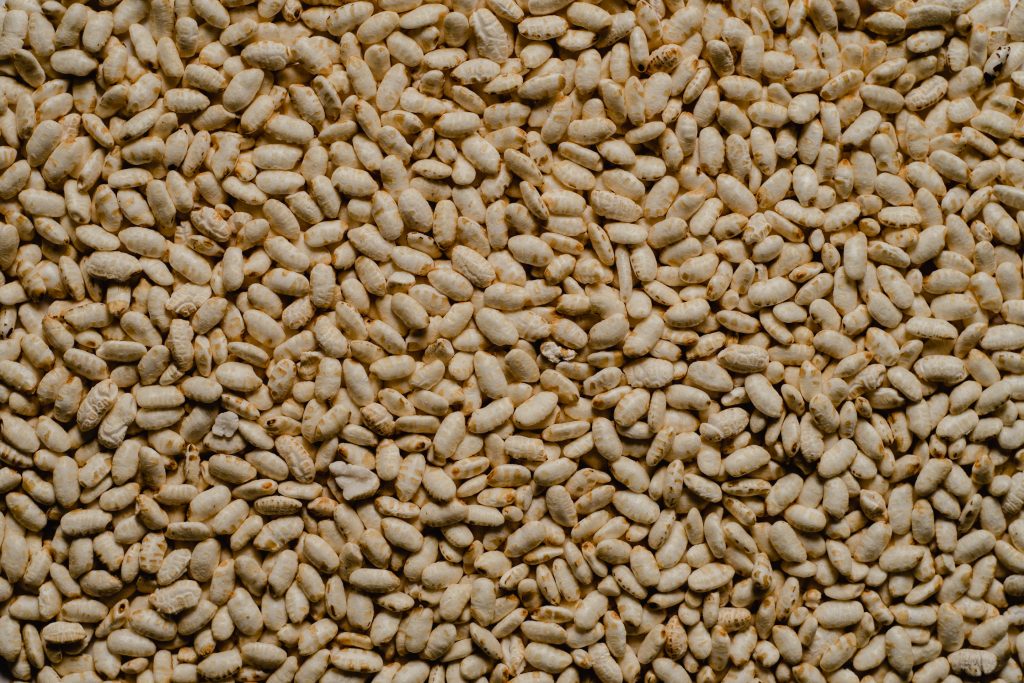
Agnipradakshinam: One performs the fire circumambulation ritual with the chanting of special mantras.
Ashmarohanam: The groom makes the bride put her foot on the “ammi” (a grinding stone used in the kitchen) so that their marriage is firm and stable.
Saptapadhi: Together, the couple takes seven steps with mantras seeking prosperity, wealth, energy, strength, victory, and other good habits.
Heads Joining: The couple touches their head together while bending. This custom denotes the couple’s life forces joining.
Arundhati Sighting: The couple prays towards the north at the star Arundhati for a good married life.
Homa: This marks the end of the wedding ceremonies and rituals. The groom transfers fire onto a stick from the ‘Samidha’, a special tree.
Namboothiri Post-Wedding Traditions
Kutiveppu: This is the formal entry of the newlyweds into the groom’s house with a ceremonial welcome. The couple is seated in the “Nadumitttam”, central courtyard and the eldest married female of the house performs pujas. Then all the females feed the couple milk and banana and then “Kaikottikkali”, songs and dances, is performed by the ladies to celebrate the new couple.
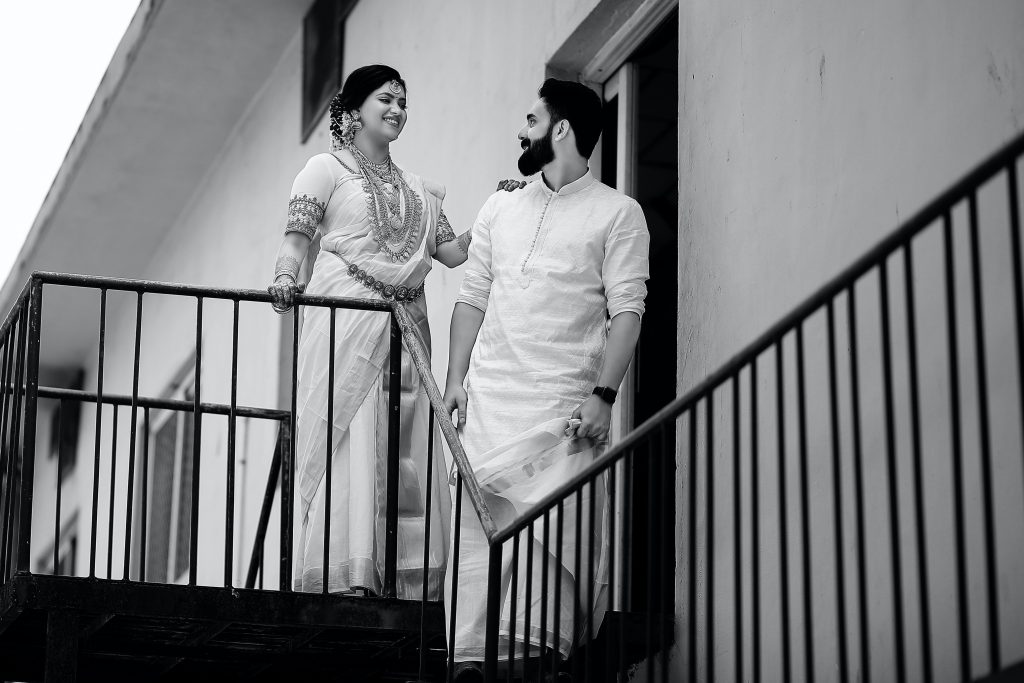
Namboothiri Marriage Culture
Vedic rituals and customs are highly important in Namboothiri marriage ceremonies. Marriage marks the beginning of a partnership between a wife and husband. Hence, these customs are performed so that the couple has a happy and long married life.




